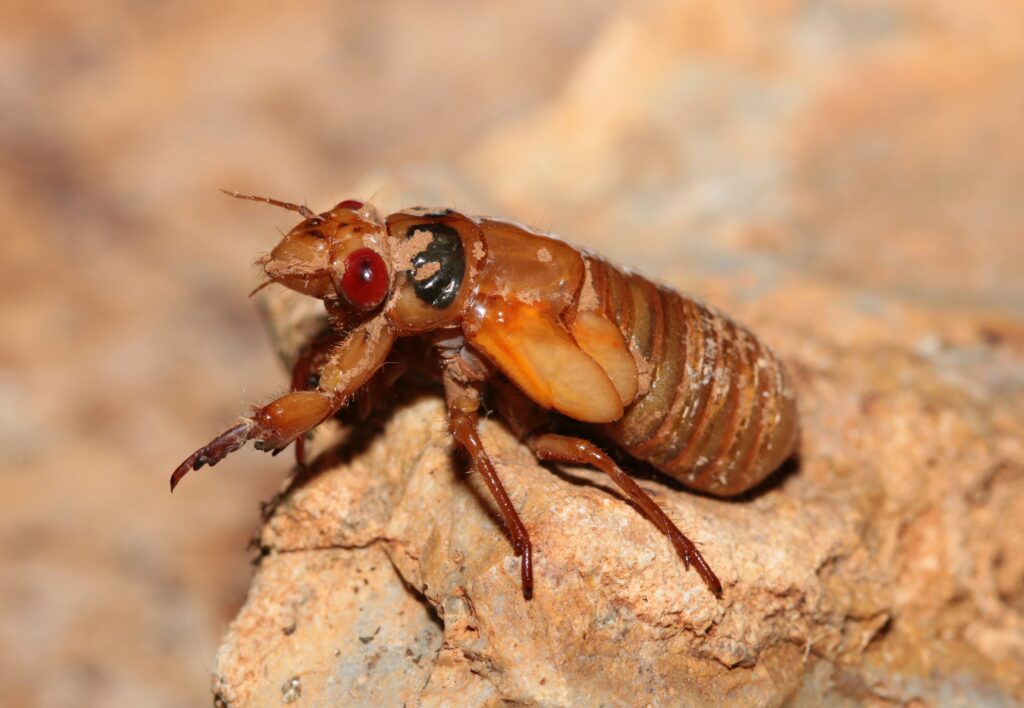When most people hear the word “cockroach,” they immediately think of household pests scurrying across kitchen floors. However, in the exotic pet world, certain cockroach species are prized for their fascinating behaviors, unique appearances, and relatively simple care requirements. These misunderstood insects have gained popularity among exotic pet enthusiasts who appreciate their ecological importance, interesting life cycles, and the minimal space they require compared to traditional pets. Far from being mere pests, pet cockroaches can be captivating creatures that offer a glimpse into the diverse world of insects while requiring less maintenance than many other exotic pets.
Madagascar Hissing Cockroaches: The Popular Choice
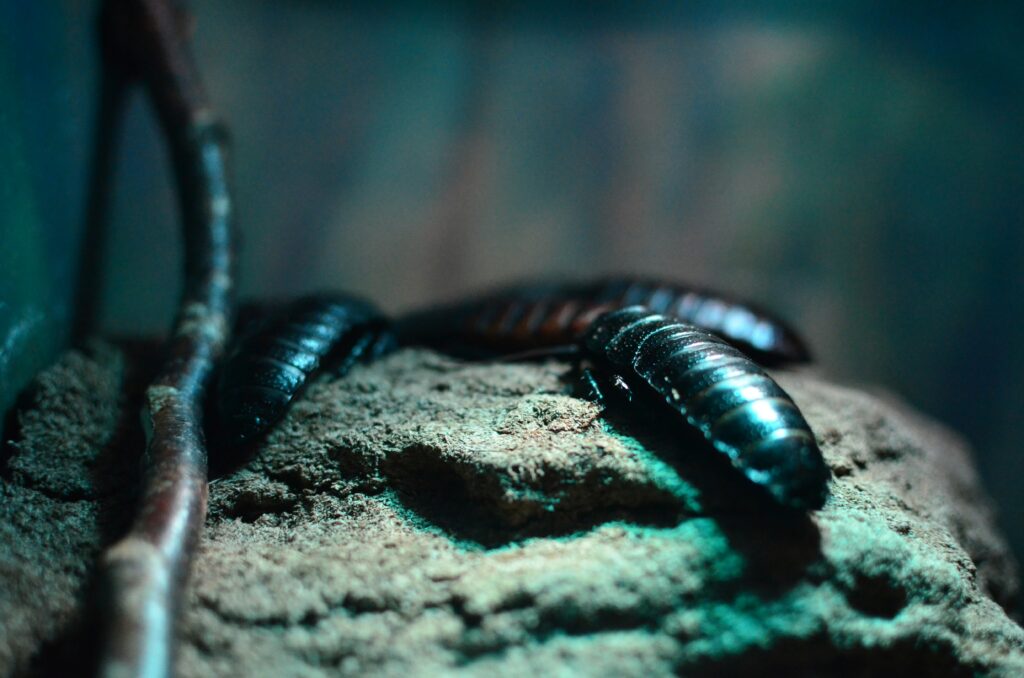
Madagascar hissing cockroaches (Gromphadorhina portentosa) stand as the undisputed stars of the pet roach world. These impressive insects can grow up to 3 inches long with glossy, mahogany-brown exoskeletons that give them a prehistoric appearance. Their claim to fame is their distinctive hissing sound, produced by forcing air through specialized breathing pores called spiracles. This sound serves multiple purposes in the wild, including mating rituals and deterring predators. Male Madagascar hissing cockroaches develop prominent “horns” on their pronotum (the plate behind their head), which they use during territorial disputes, adding to their appeal as fascinating display animals.
Dubia Roaches: The Practical Option
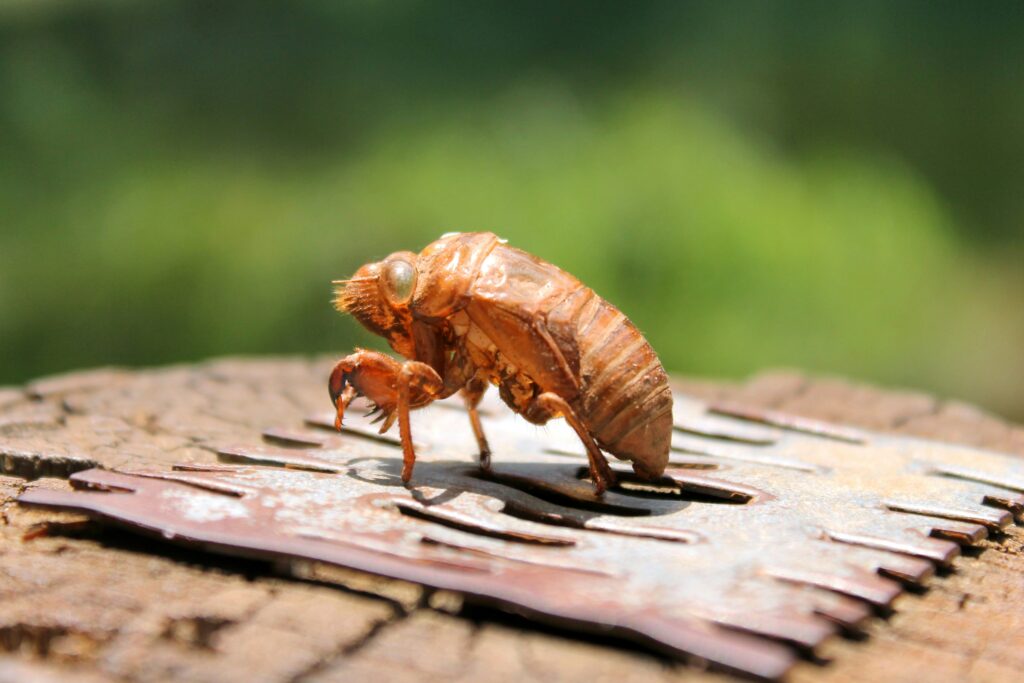
Dubia roaches (Blaptica dubia) have become extremely popular in the exotic pet community for multiple reasons. They are natively found in Central and South America and grow to about 1.5-2 inches in length, with females being larger and wingless while males develop wings but cannot fly. Unlike many cockroach species, Dubias don’t climb smooth surfaces, don’t fly, make minimal noise, and produce very little odor, making them ideal for home keeping. They’re also nutritionally superior as feeders for reptiles and amphibians, containing higher protein and lower fat than crickets. Many exotic pet keepers maintain Dubia colonies both as pets and as sustainable food sources for their insectivorous animals.
Death’s Head Cockroaches: The Conversation Starter

Death’s Head cockroaches (Blaberus craniifer) earn their dramatic name from the distinct skull-like pattern on their pronotum. These impressive insects can reach lengths of 2-2.5 inches and feature attractive tan to dark brown coloration with that unmistakable “skull” marking. Native to the Caribbean and parts of South America, these roaches have a relatively calm temperament compared to some other species, making them easier to handle. They have a relatively long lifespan of 1.5-2 years and are considered excellent display insects due to their striking appearance. While they do have wings, they’re not strong fliers, preferring to scurry quickly when disturbed rather than take flight.
Giant Cave Cockroaches: The Impressive Giants
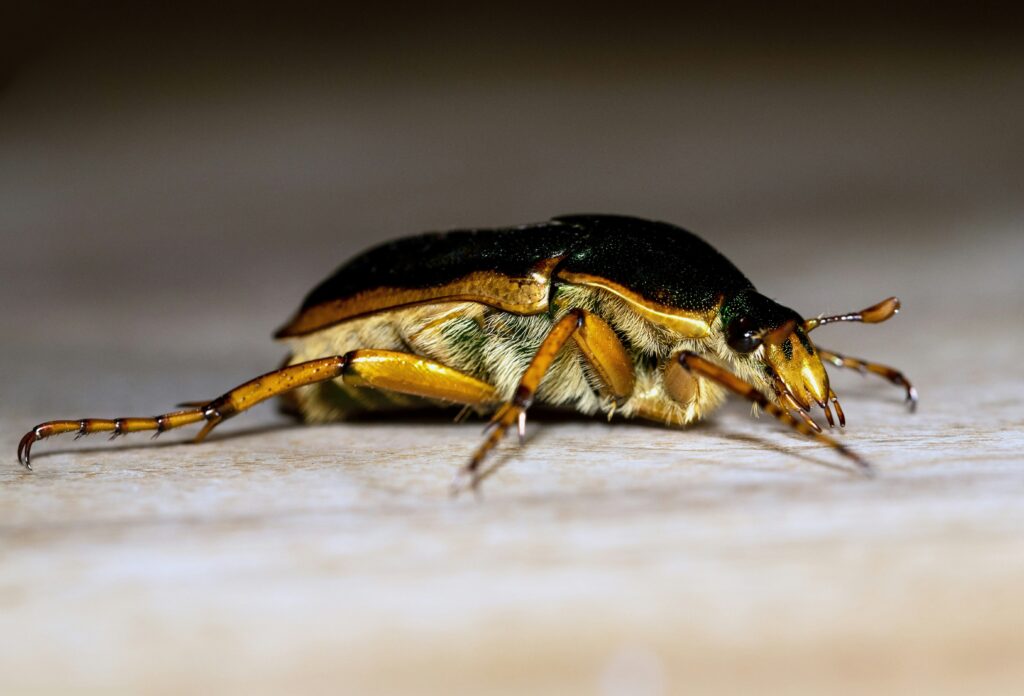
Giant Cave cockroaches (Blaberus giganteus) hold the title of being among the largest cockroach species in the world, making them particularly impressive specimens for enthusiasts. These magnificent insects can grow up to 3-4 inches in length with broad, flattened bodies and impressive wingspans. Their coloration typically ranges from light tan to reddish-brown with dark markings that help them blend into their natural forest habitats. Native to Central and South American rainforests, these cockroaches naturally inhabit caves and rotting logs. Despite their intimidating size, Giant Cave cockroaches are generally docile and slow-moving compared to other roach species, making them suitable for careful handling by experienced keepers.
Domino Cockroaches: The Attractive Pattern-Bearers
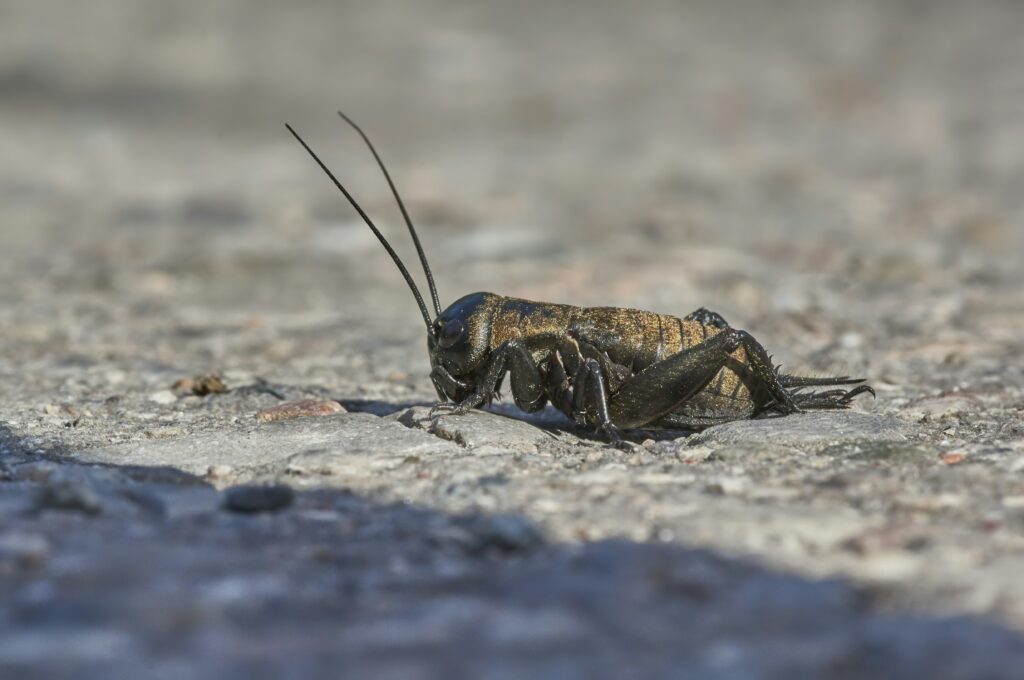
Domino cockroaches (Therea petiveriana) stand out in the pet trade for their striking appearance and manageable size. These medium-sized roaches, reaching about 1-1.5 inches, display a beautiful black and white pattern resembling domino tiles or a checker board. Native to India and surrounding regions, they prefer drier habitats than many other pet roach species. Unlike some larger species, Domino roaches are relatively fast-moving and can climb smooth surfaces, requiring secure enclosures with proper ventilation. These roaches have a more specialized diet than some other species, preferring fruits and certain vegetables, which means owners need to pay close attention to their nutritional needs.
Orange Spotted Cockroaches: The Colorful Choice

Orange Spotted cockroaches (Archimandrita tesselata) offer keepers a splash of color in the roach hobby with their distinctive pattern. Growing to about 2-3 inches, these roaches feature a dark brown to black base color adorned with vibrant orange spots along the edges of their thorax and wings. Native to rainforests in Central and South America, they thrive in humid environments with plenty of hiding places. Unlike some pet roach species, Orange Spotted cockroaches are excellent climbers and can move quite quickly when startled, necessitating a secure enclosure with a tight-fitting lid. Their colorful appearance makes them particularly popular among keepers who maintain display colonies for educational or aesthetic purposes.
Zebra Cockroaches: The Distinctive Striped Species
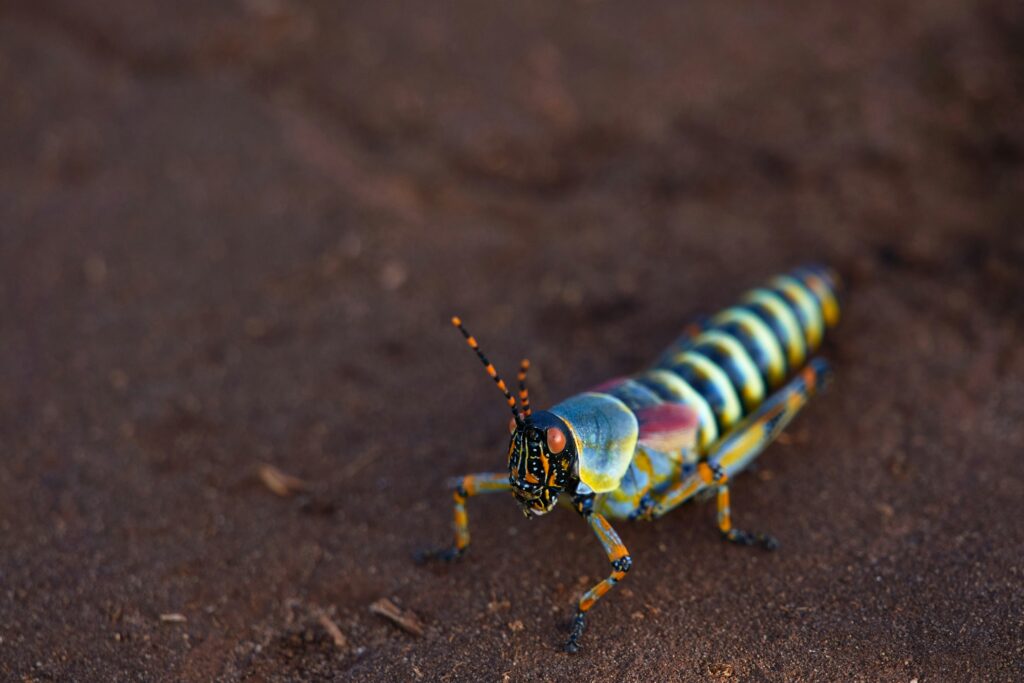
Zebra cockroaches (Gyna caffrorum) derive their common name from their striking black and yellow striped pattern that resembles a zebra’s distinctive coat. These medium-sized roaches grow to approximately 1-1.5 inches and originate from forest regions of Africa where they naturally inhabit leaf litter. Unlike many pet roach species, Zebra cockroaches are known for being relatively fast and agile, with the ability to climb smooth surfaces with ease. They have a somewhat shorter lifespan than some other pet roaches, typically living 1-1.5 years, but they breed readily in captivity with proper care. Female Zebra roaches are ovoviviparous, meaning they retain eggs internally until they hatch, then give birth to live young nymphs.
Six-Spotted Cockroaches: The Low-Maintenance Beginner Species

Six-Spotted cockroaches (Eublaberus distanti) make excellent starter roaches for beginners due to their hardiness and straightforward care requirements. These medium-sized roaches reach about 1.5-2 inches in length and feature a reddish-brown to dark brown coloration with six distinctive lighter spots on their thorax. Native to Central and South America, they naturally inhabit forest floors and rotting logs. Six-Spotted roaches are burrowers by nature, spending much of their time creating elaborate tunnel systems in their substrate, which makes for fascinating observation. They’re relatively slow-moving and don’t climb smooth surfaces well, making them less likely to escape than some other species, a definite plus for novice keepers.
Essential Housing Requirements for Pet Cockroaches
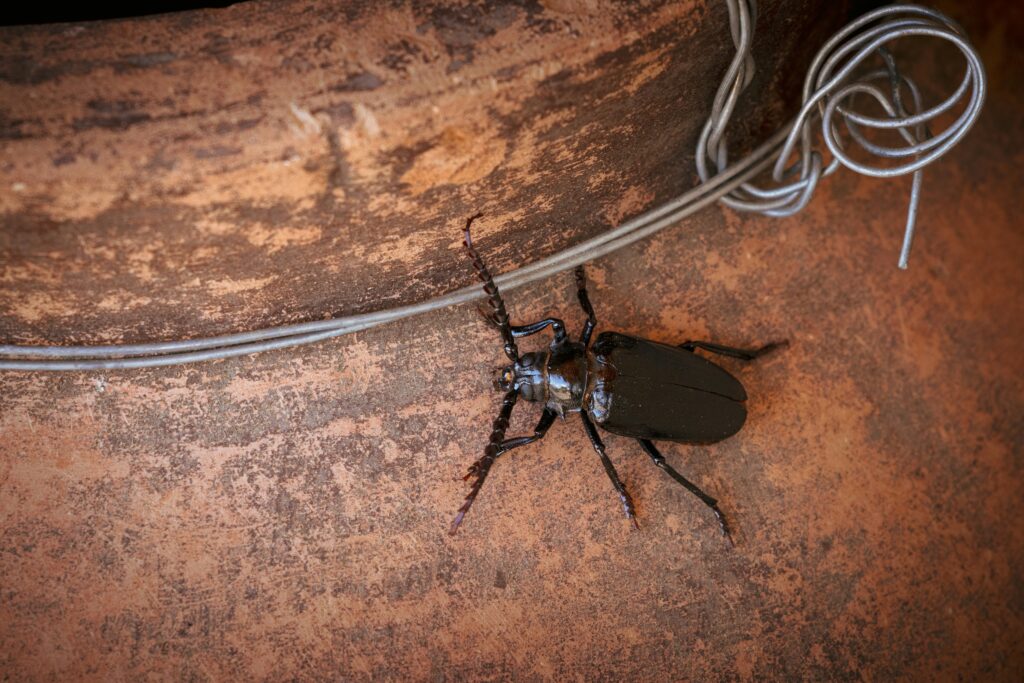
Regardless of species, pet cockroaches require appropriate housing to thrive in captivity. A clear plastic container with secure ventilation holes or mesh is ideal, allowing observation while preventing escapes. The size should correlate with your colony size, but even a modest 5-10 gallon container can house a decent colony of most species. Substrate choices vary by species but often include coconut coir, organic potting soil, or orchid bark, providing burrowing opportunities for species that require them. All roaches need hiding places, which can be provided with egg cartons, cork bark, or commercial reptile hides positioned throughout the enclosure. Temperature requirements typically range from 75-85°F (24-29°C), with many tropical species appreciating higher humidity levels maintained through regular misting.
Feeding and Nutrition for Healthy Colonies

Cockroaches are generally omnivorous scavengers with relatively simple dietary needs, though specific requirements vary by species. Most pet roaches thrive on a diet consisting primarily of high-quality dry dog or cat food as a protein base, supplemented with fresh fruits and vegetables like carrots, apples, and leafy greens. Calcium supplementation is important, especially for colonies being used as feeder insects, and can be provided through crushed cuttlebone or commercial reptile calcium powder. Fresh water should always be available, typically provided via water crystals or moistened cotton to prevent drowning. Some keepers also offer specialized commercial roach diets that contain balanced nutrition specifically formulated for breeding colonies.
Breeding Considerations for Long-Term Colonies
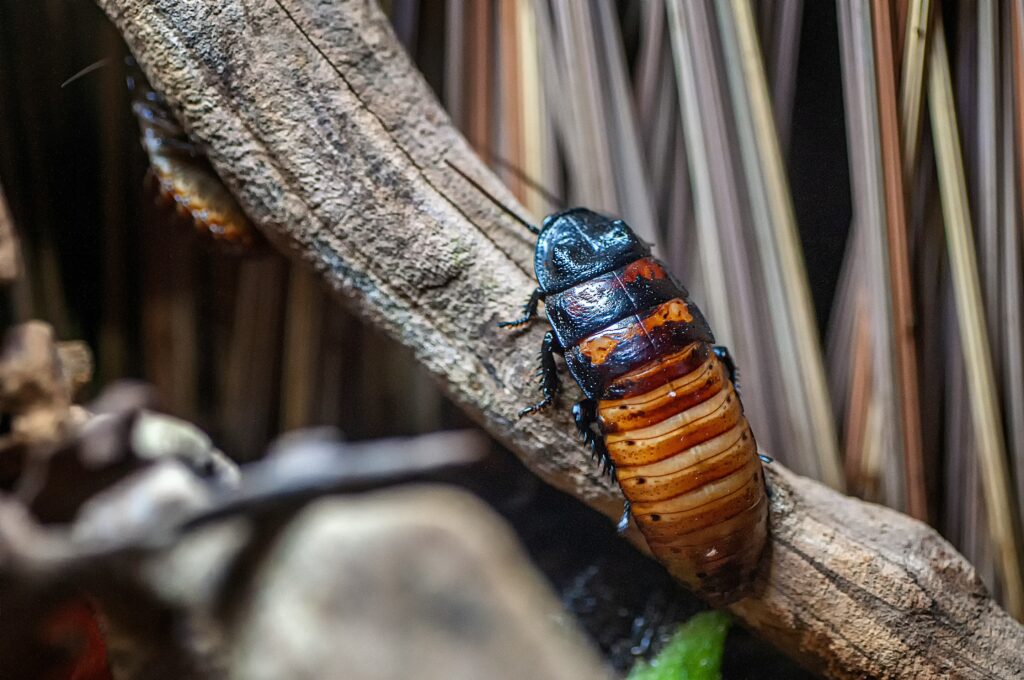
Most cockroach species breed readily in captivity when provided with proper care and conditions. Different species reproduce through different methods – some are oviparous (laying eggs in protective cases called oothecae), while others are ovoviviparous (retaining eggs internally until they hatch). For successful breeding, maintaining appropriate temperatures is crucial, with most species breeding most prolifically at the upper end of their temperature range. Sex ratios matter for breeding efficiency, with most keepers maintaining a higher ratio of females to males (typically 3-5 females per male) to maximize reproduction. Colony density also affects breeding rates, with some species showing increased reproduction in crowded conditions while others may experience stress and decreased breeding if overcrowded.
Handling Techniques and Safety Considerations
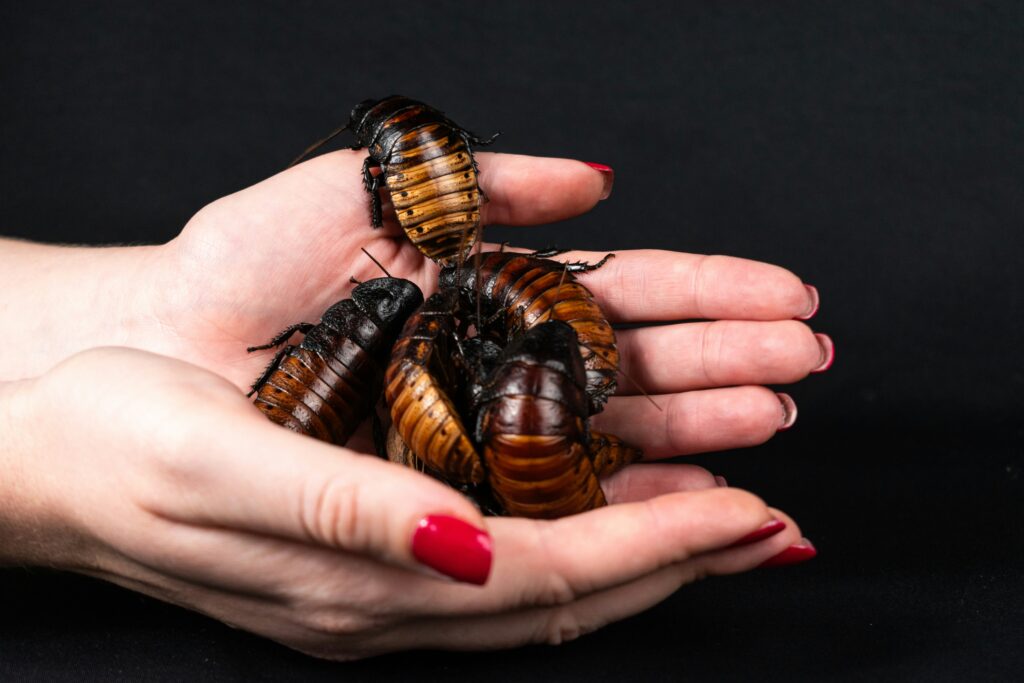
Handling pet cockroaches requires both gentle technique and consideration for the wellbeing of the insects. Most species can be safely picked up by gently coaxing them onto your open hand or by carefully grasping them between your fingers, avoiding excessive pressure that could damage their exoskeletons. Some species, like Madagascar hissing cockroaches, are particularly suited to handling due to their slow movement and sturdy build, while faster species may require more practice. Always wash hands before and after handling any cockroach species to prevent transferring harmful substances to the insects and to maintain proper hygiene. Though allergic reactions to cockroaches are uncommon in pet keepers, those with insect allergies or asthma should be cautious, as cockroach proteins can trigger respiratory symptoms in sensitive individuals.
Legal Considerations Before Purchasing
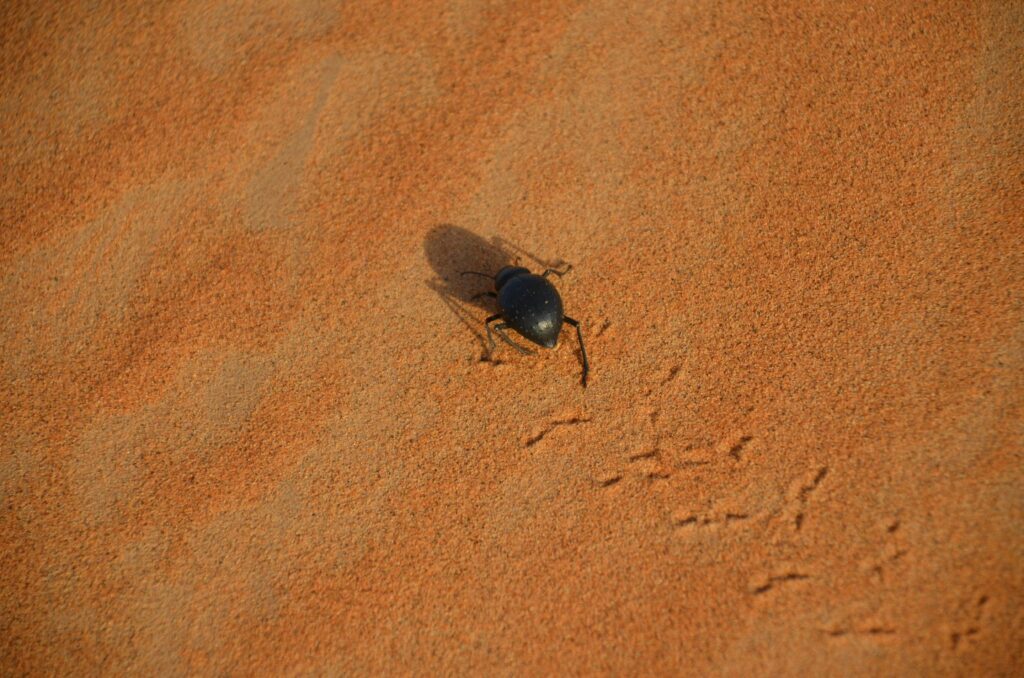
Before acquiring any cockroach species as a pet, prospective keepers must research local regulations, which vary significantly by location. Several states and countries have restrictions or outright bans on certain cockroach species due to concerns about their potential to establish invasive populations if released. Florida, Hawaii, and parts of Australia have particularly stringent regulations regarding exotic cockroach ownership. Even in areas without specific cockroach laws, broader exotic pet regulations may apply, requiring permits or documentation for certain species. Responsible ownership includes a commitment to never release pet cockroaches into the environment, regardless of local regulations, as non-native species can disrupt ecosystems. When purchasing, only obtain specimens from reputable breeders who can verify their insects’ origins and health status.
Pet cockroaches offer a fascinating glimpse into the world of insects with relatively minimal space and care requirements compared to many traditional pets. From the popular Madagascar hissing cockroach to the colorful Domino and Orange Spotted varieties, there’s a species to match almost any enthusiast’s preference. These misunderstood creatures can make surprisingly engaging pets when their unique behaviors and characteristics are properly appreciated. With proper research into care requirements, suitable housing, and local regulations, cockroach keeping can be a rewarding hobby that changes perceptions about these remarkable survivors of the insect world. Whether maintained as display animals, educational specimens, or even as part of a sustainable feeding program for other exotic pets, these insects deserve recognition for their ecological importance and captivating diversity.

